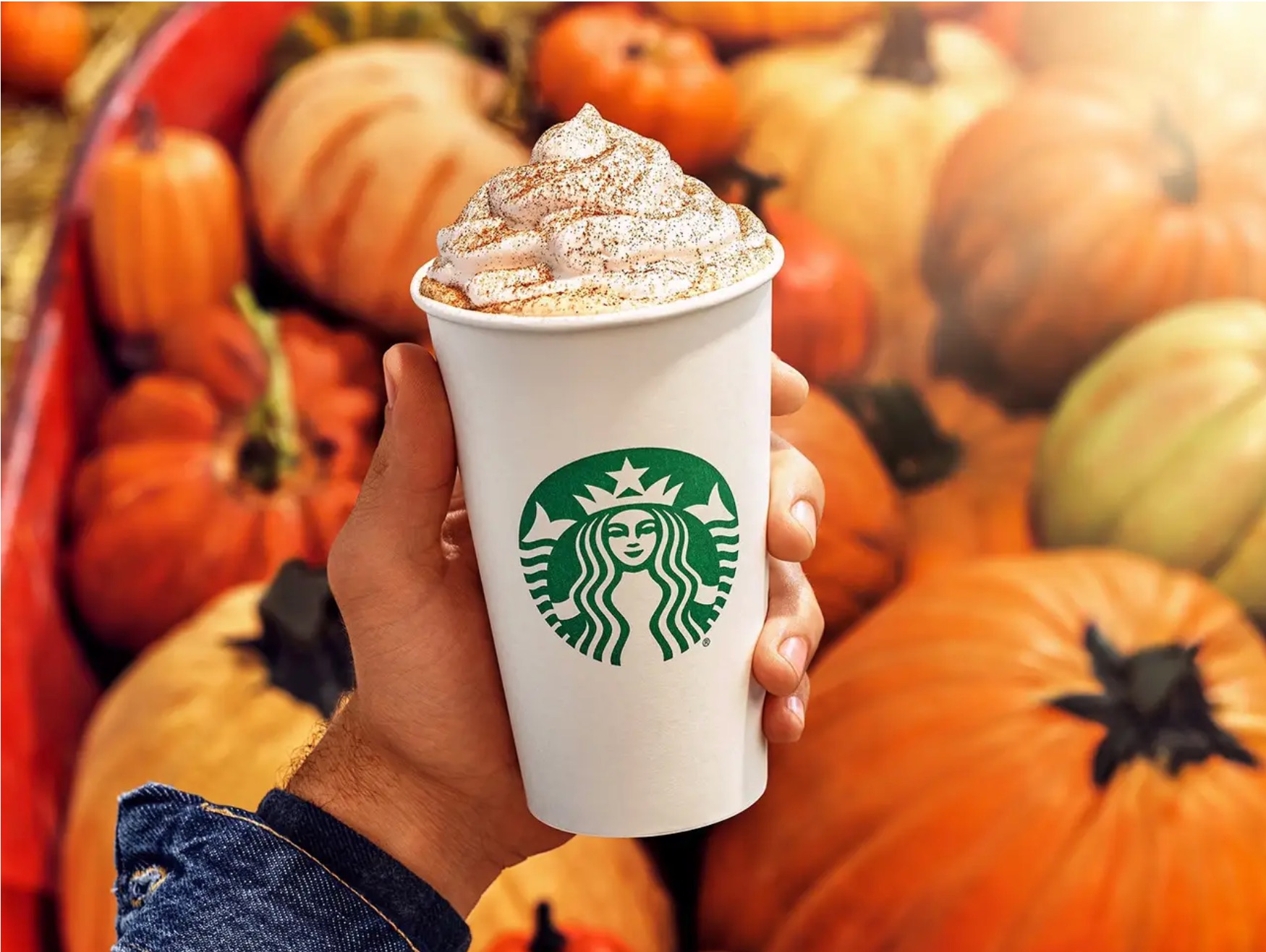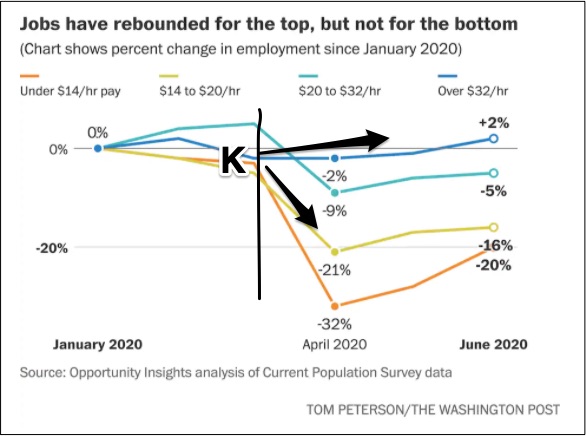At Starbucks, for $2.45, you can buy a basic 16 ounce black coffee. But then, increasing the price, you might get a Pumpkin Spice Latte and select a Kona bean. Or, you could go to a “Reserve Store” to order a Nitro Almondmilk Mocha or a Hazelnut Bianco Latte.
The NY Times calls it premiumization.
Premiumization
Referred to during 60 recent investor calls that present earnings announcements, corporate management said they were catering to their higher income customers. The makers of WD-40 lubricant charge us more for cans with a “Smart Straw.” At Krispy Kreme we will be able to buy “premium specialty doughnuts.” Similarly, with pricier auto purchases, the majority of models are more expensive.
The target? A pool of people willing to “lurch toward luxury.”
Our Bottom Line: The “K” Economy
Luxury buyers take us to the letter “k.”
Ten years ago, as the Great Recession ended after 2010, economists referred to an alphabet recovery. At first, the possibilities included several letters and the Nike swoosh:
But then we added a K.

The “K” can describe the 2020 jobs landscape:
A Divided Recovery
During the pandemic, at first, upper quartile households cut their spending by more than lower income households. The key though was why. With stock market indices soaring, home values rising, and college educated consumers able to work from home, upper income households were faring fine. Yes, millions of credit and debit card transactions indicated that people were spending less in wealthier neighborhoods. However, it was the lower income employees that lost their paychecks because the more affluent spent less at businesses that involved person-to-person contact,
The divide also was evident between millennials that did and did not have a college degree and people with and without student loans. Correspondingly, retirement savings then took a hit with one-in-four of us having at least $100,000 while the bottom 27 percent had nothing.
The result could be called a “K” economy with premiumization the business response.
My sources and more: Thanks to the Hustle newsletter for alerting me to “premiumization.” When I first read about it in Howard Schultz’s biography, I didn’t know the name. But then, the NY Times had the complete definition and description, and Quartz and Insider created the K economy connection. And finally, if you are looking for solid “K” data, this 2021 BLS paper was perfect.








